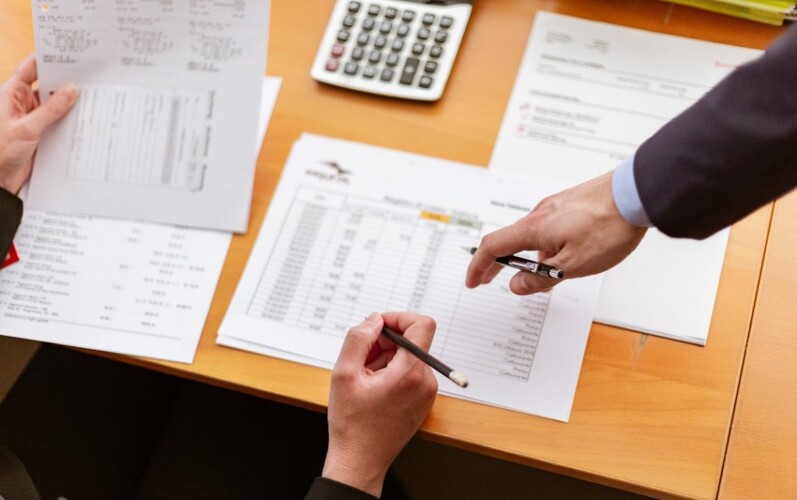What are the Key Elements of International Trade Compliance?
Trade compliance describes the policies, rules, guidelines, and procedures that control the flow of goods across international borders. Trade compliance software ensures compliance with these established rules is crucial for businesses importing and exporting goods.
This type of trade compliance may include:
- Tariff classification
- Import licencing
- Accurate valuations
- Screening
Who is required to comply with trade compliance?
Businesses across all industries engaged in importing and exporting goods are required to adhere to the trade compliance requirements.
A few industries are:
- Importing/exporting
- Manufacturing
- Freight forwarding
- Customs brokerage
- Retailing
- E-commerce
- Supply chain
- Transportation
- Postal and parcel companies
Key elements of trade compliance
The key elements of trade compliance include:
Tariff classification
It is a significant element of trade compliance as it determines the origin of goods, duty rates, and other customs procedures. The Harmonised System (HS) is responsible for tariff classification, which consists of 5000 groups of commodities; it serves as a standardised system for classifying goods.
Accurate tariff classification is the legal responsibility of importers and exporters, making them capable of calculating the appropriate amounts of taxes and determining standardised trade documentation, permits, and rebate provisions.
Rules of origin
Another crucial element of international trade compliance is rules of origin. In international trade, they identify the economic nationality of goods, emphasising if they are eligible for anti-dumping duties or countervailing, preferential duty rates, and other permit requirements.
Comprehending the country of origin is essential for establishing quantitative limitations on products and adhering to labelling and marking regulations. Precise origin determination is also essential for planning and trade statistics.
Valuation of goods
The government tax department in charge of taxation requires that all goods entering a country be accurately valued. This is the role of His Majesty’s Revenue and Customs (HMRC). To calculate fees such as import VAT and customs duty, the value of the goods entering the country must be determined.
The authorities of an importing nation usually do not verify the correct value of each item that enters its borders because doing so would take an excessive amount of time. Rather, importers must be able to defend an item’s value if the authorities make such a request. There are several methods used by the World Trade Organisation (WTO) to value goods for this purpose.
Customs management
Customs management practices that could include an Import Control System are set in place to make sure that the goods move efficiently and smoothly across the borders. Using an efficient customs management system facilitates trading procedures, reduces expenses, and expedites transactions.
It improves trade compliance efficiency by streamlining operations of:
- Customs processing
- Transit
- Classification
- Presentation
- Electronic communication
Licenses and permits
Moving goods into a country frequently requires obtaining a permit or license. To facilitate trade, traders take into account the regulations pertaining to these in advance, as they vary depending on the importing nation. A license or permit is required for specific kinds of goods due to restrictions on their distribution.
Goods that often have more rigid controls include:
- Weapons
- Drugs
- Artwork
- Chemical products
- Livestock
- Plants
- Artwork
- Some technological goods
In order to transport their goods, importers and exporters need a valid license because it is illegal to move goods without licenses.
Incoterms rules
The International Chamber of Commerce (ICC) publishes Incoterms rules, which offer globally recognised guidelines for interpreting business terms used in contracts for the sale of goods.
Comprehending Incoterms is crucial for explaining the responsibilities, expenses, and risks that both buyers and sellers face in global commerce. Transparency and compliance in trade transactions are improved when Incoterms are correctly stated on pertinent shipping documents.
Screening
The last crucial element of trade compliance is screening; it compares products, suppliers and customer data with the external lists to identify any risky entities, sanctions, and trade embargoes.
A screening procedure protects traders from potential risks and legal repercussions by assisting them in avoiding unfavourable business associations. Frequent screening is essential for risk mitigation and compliance, particularly when managing transactions with external parties.
Wrapping up
Trade compliance is a deep understanding of a variety of topics, including tariff classification, rules of origin, goods valuation, customs management, license management, screening, and Incoterms regulations. There are serious consequences for breaking trade laws, including harm to a company’s reputation, financial success, and international trade opportunities. To guarantee legal international trade transactions, companies of all sizes must place a high priority on adhering to trade compliance principles.






